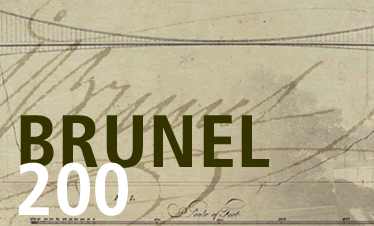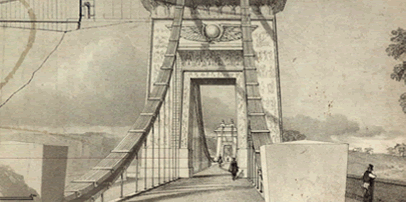








Although the railway was an important element of industrial progress, other forms of transport were also developed and enhanced. Thomas Telford (1757-1834), the engineer and bridge builder, along with John Macadam (1756-1836) improved road construction considerably with the use of firmer foundations, better drainage and more hard-wearing surfaces. On these new roads, horses could pull heavier loads and the average coach speed rose from 3mph to 10mph and higher. At first roads were paid for by the collection of tolls, but, as this system slowed traffic down, the government took responsibility for their construction, using money raised from taxes.
The main industrial transport system for much of the century was provided by the coastal and inland waterways craft, which were the cheapest and most efficient means of transporting bulky and heavy goods. Canals, significantly enhanced by the work of the engineer James Brindley (1716-1772), were also employed to move heavy, unwieldy commodities. Ultimately, however, the canal system could not compete with the speed and efficiency of the railways and by the end of the century had begun to fall into disrepair. The coastal and river sailing ships continued their trade until they were supplanted by the motor lorry.
